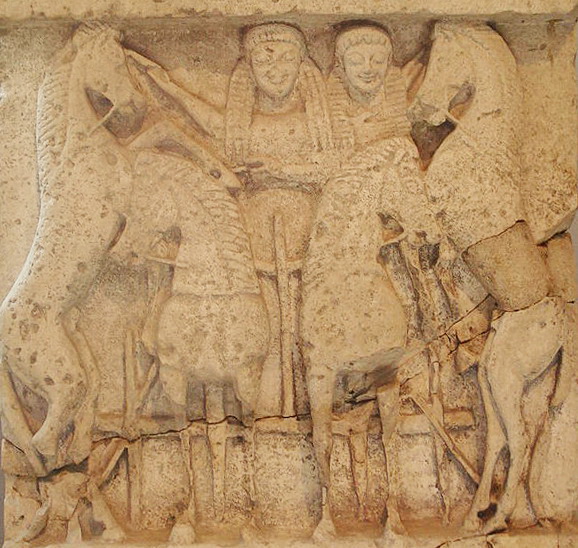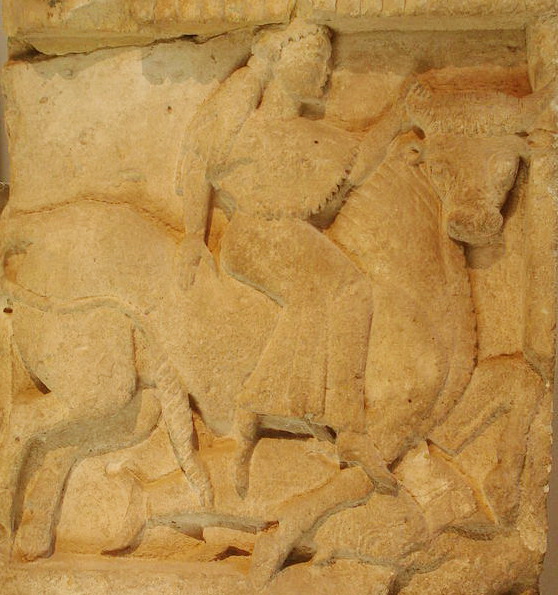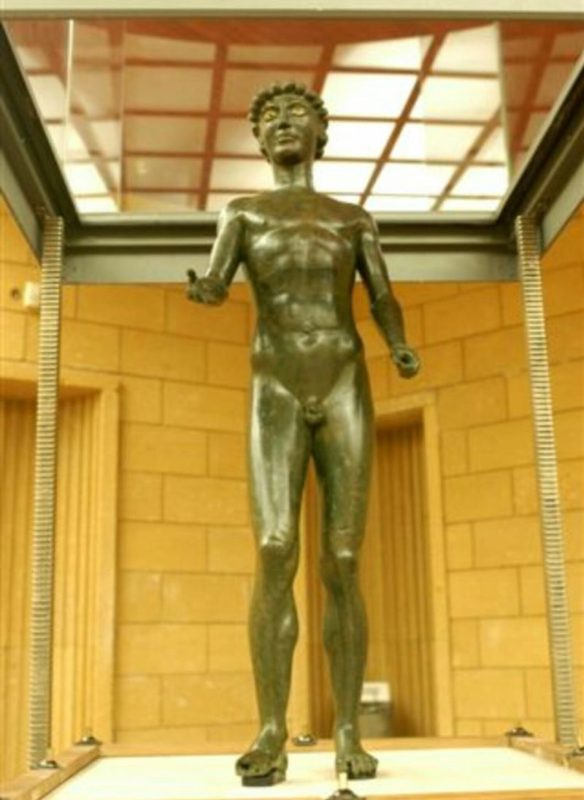Manuzza Hill
Good part of the multi site: Archaeological Park of Selinunte and Cave di Cusa
To the north of the acropolis, on the hill of Manuzza, is the ancient settlement originally surrounded by defensive walls. The place was inhabited since the foundation of Selinunte (VII century BC). After the destruction of Selinunte, this area of the city was never re-inhabited. The refugees who returned in the retinue of Hermocrates, who were allowed to return to the city by the Carthaginians, settled only on the acropolis.
Temple Y
The original location of this temple, built in 570 BC, is not known, although it is assumed that it was inserted in the context of the ancient city located in the Manuzza hill. The metopes found (h. 84 cm), datable to 570 BC, represent: a squatting sphinx, the Delphic triad (Latona, Artemis, Apollo) in a rigid frontal pattern, the abduction of Europa above the sea; two other metopes dating to ca. 560 BC, reused in the hermocratic fortifications, show the quadriga of Demeter and Kore (or Helios and Selene? Apollo?), and an Eleusinian ceremony with Demeter, Kore and Hecate with the ear of corn (the Moire?), are all preserved at the Archaeological Museum of Palermo.

Demeter and Kore on a quadriga

Europe on the bull
Galera Bagliazzo Necropolis
To the north-east of the Manuzza Hill, older than the Manicalunga Necropolis, it is located outside the perimeter of the park. In the Galera Bagliazzo necropolis the bronze statue known as
"Efebo di Selinunte", purchased by the municipality of Castelvetrano, stolen in 1962 and later rediscovered, currently preserved in the Civic Museum of Castelvetrano

Ephebe of Selinunte (Castelvetrano Museum)
For details on the individual sites located in Selinunte and in the immediate vicinity, see the sub-archive "Selinunte and surroundings "
Card insertion: Ignazio Caloggero
Information contributions: Ignazio Caloggero Web,
Note: The populating of the files of the Heritage database proceeds in incremental phases: cataloging, georeferencing, insertion of information and images. The cultural property in question has been cataloged, georeferenced and the first information entered. In order to enrich the information content, further contributions are welcome, if you wish you can contribute through our area "Your Contributions"



